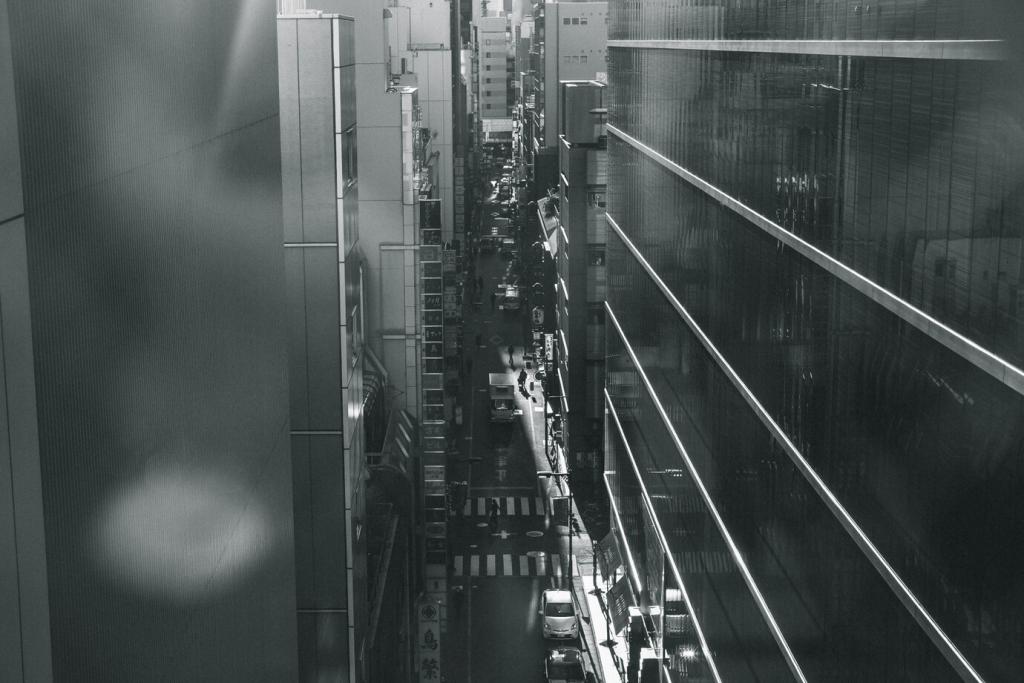Adaptive Reuse in Contemporary Architecture
Adaptive reuse has emerged as a transformative trend in contemporary architecture, breathing new life into existing structures and reshaping urban landscapes. This approach involves repurposing old buildings for new uses, rather than demolishing them, which not only conserves resources but also preserves cultural heritage. Adaptive reuse responds to environmental concerns and changing social needs, making it a cornerstone of sustainable urban development. By blending creativity with respect for the past, architects are redefining what buildings can become in the context of modern society.
The Principles of Adaptive Reuse
Embracing Sustainability
By focusing on the conservation and transformation of older buildings, adaptive reuse contributes significantly to sustainability efforts in the built environment. The energy and resources embedded in existing structures are preserved, which helps minimize the ecological footprint of construction. Furthermore, adaptive reuse projects often promote the use of locally sourced materials and sustainable technologies, reducing transportation impacts and supporting regional economies. This dual benefit—environmental responsibility and economic support—makes adaptive reuse a compelling strategy for contemporary architects.
Honoring Heritage and Culture
Adaptive reuse is not just about physical sustainability but also about cultural preservation. Many buildings that undergo transformative reuse hold deep historical significance or architectural value. Integrating contemporary uses with these structures enables a city or community to retain its character and sense of place. Such projects offer new generations opportunities to interact with their shared heritage within functional, modernized spaces. The dialogue between old and new becomes a powerful narrative, fostering appreciation and understanding across time.
Creative Problem-Solving
Adaptive reuse demands a creative mindset from architects and designers, as each structure presents unique challenges and opportunities. Successfully merging historic features with modern requirements—such as safety codes, accessibility, and new technologies—requires innovative thinking and technical expertise. This process often yields unexpected architectural solutions, blending the aesthetics of the past with the demands of contemporary life. The result is often spaces that are more engaging, distinctive, and emotionally resonant than purely new constructions.
Urban Renewal in Major Cities
Major metropolitan areas, particularly those with rich industrial or colonial pasts, have become fertile ground for adaptive reuse initiatives. Iconic examples include the conversion of industrial warehouses into loft apartments, art galleries, or marketplaces, which have sparked revitalization in once-declining neighborhoods. These projects often act as catalysts for further investment and urban regeneration, drawing residents and businesses back into city centers. The successful transformation of forgotten buildings into dynamic urban assets underscores the value of adaptive reuse on a metropolitan scale.
Cultural Spaces and Community Identity
Adaptive reuse frequently manifests in the creation of cultural spaces such as museums, theaters, and libraries. Repurposed churches, schools, or town halls offer unique settings that enhance the experience of art and culture. By situating community-oriented functions within historic structures, these projects strengthen local identity and accessibility. Not only do they preserve architectural character, but they also provide residents with meaningful venues that reflect their history and values, fostering a renewed sense of belonging.
Commercial and Mixed-Use Transformations
From hotels crafted out of former post offices to offices emerging in old train stations, adaptive reuse has also proven successful in the commercial and mixed-use sectors. Businesses are attracted to the distinctive character and story these spaces provide, setting them apart from competitors in generic modern buildings. Mixed-use complexes that integrate residential, retail, and recreational functions within a single adapted structure can revitalize entire districts, encouraging sustainable, vibrant communities. The flexibility of adaptive reuse allows for inventive space planning that responds to diverse urban needs.
Challenges and Considerations
Structural and Technical Complexities
Older buildings often require significant structural interventions to support new uses, especially when they were not designed for modern loads or safety standards. Upgrading basic services such as electrical, plumbing, and HVAC systems—while minimizing disruption to historic elements—demands technical expertise. In many cases, interventions must be invisible or reversible to maintain the building’s heritage value. These challenges force architects and engineers to devise highly creative and tailored solutions, proving the value of interdisciplinary collaboration and skilled craftsmanship.


Regulatory and Legal Hurdles
Navigating the regulatory landscape can be one of the most complicated aspects of adaptive reuse. Many structures are protected by heritage laws, zoning regulations, or conservation constraints, which can limit possible interventions or uses. Achieving compliance while satisfying the objectives of the project involves thorough research, negotiation with authorities, and often compromises on design. Understanding the full spectrum of legal frameworks and demonstrating sensitivity to stakeholder concerns are essential for gaining approvals and ensuring the long-term success of adaptive reuse projects.
